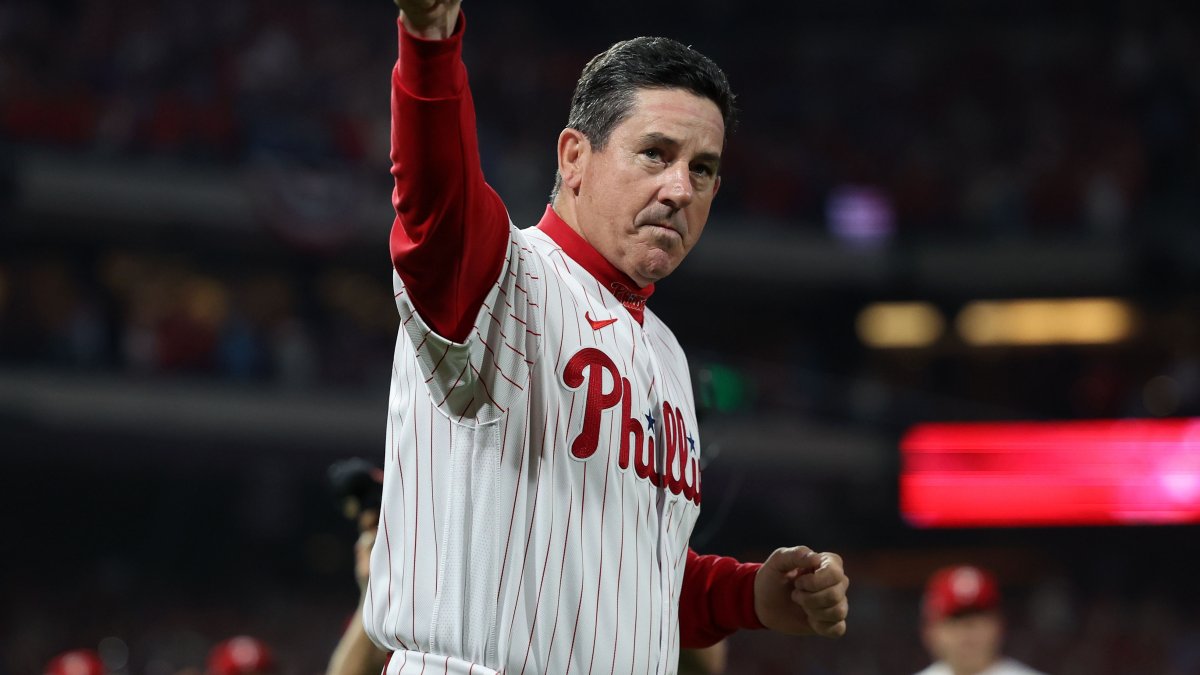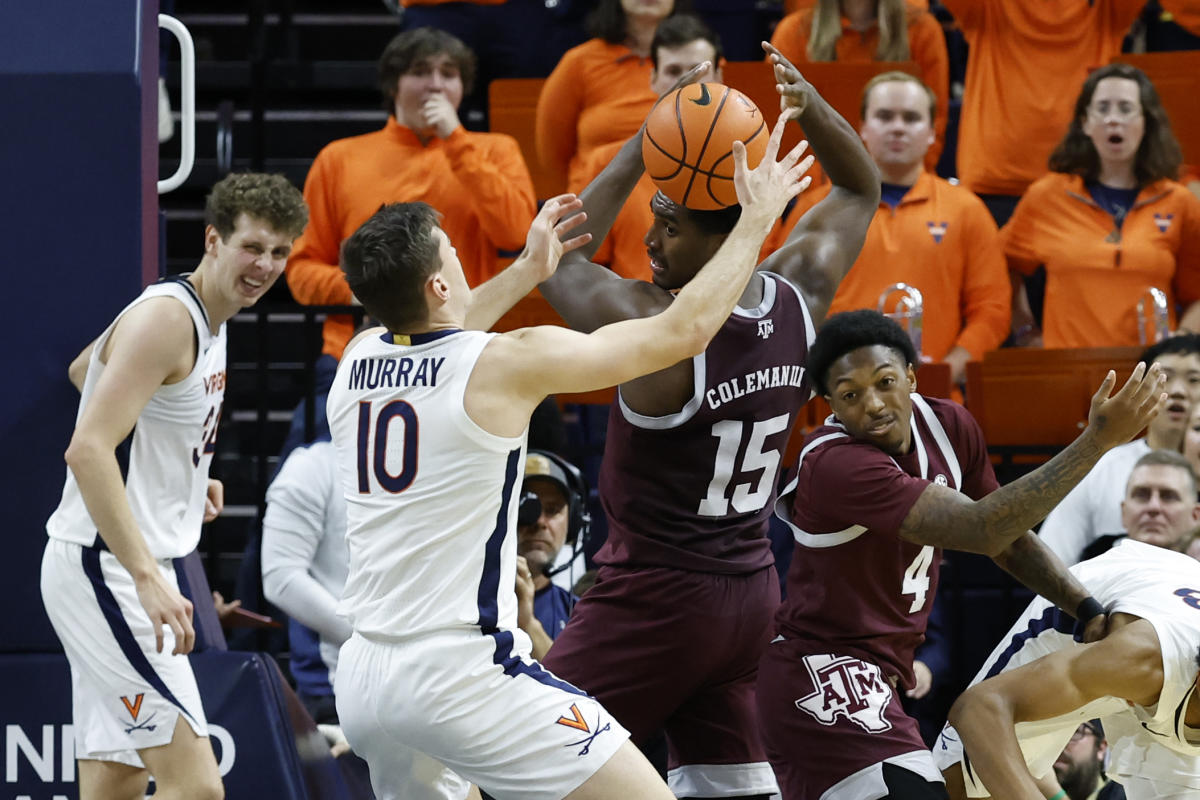Last week, I conducted an analysis on the potential cost of acquiring Tyler Glasnow from the Tampa Bay Rays. However, I realized that there was another pitcher on the trade market who deserved attention but wasn’t mentioned in my introductory statement. Although many readers may have already guessed the second player, I apologize for the oversight. The pitcher in question is Shane Bieber.
Bieber’s estimated contract for the upcoming season is $12.2 million, as projected by MLBTR. It’s interesting to note that trading for Glasnow, who has a history of injuries, seems less complicated than acquiring Bieber. However, that’s the reality. While we can reasonably gauge Glasnow’s potential performance, his health remains uncertain. On the other hand, Bieber’s situation is more nuanced than it was a year ago. He is still a solid pitcher who would undoubtedly boost the Cardinals’ rotation. Ignoring the potential prospects’ cost, signing Bieber for a single year is a worthwhile gamble.
In terms of performance, Bieber was still a 3-win pitcher on a rate basis, and he will only be 29 years old next year. While he may not be an ideal candidate for a long-term contract, he still possesses the potential to be an ace, at least for a year. However, what makes Bieber more complex than Glasnow, particularly at this stage of the offseason, is estimating his projection. Bieber significantly underperformed his original projection, throwing far fewer innings than expected. This poses a challenge when trying to determine comparable players.
Fortunately, I was able to find two pitchers, Lucas Giolito and Nathan Eovaldi, who experienced similar declines in performance compared to their projections in the 2022 season. While neither of them is a perfect comparison, they provide insight into how the 2023 season may have affected Bieber’s original projection. Giolito, due to his age and consistency, is a better comp, but he performed worse than Bieber in 2022 and has proven to be more durable. Eovaldi, on the other hand, is older, less consistent, and only reached Bieber’s level for one season. However, he helps shed light on the significant drop in innings, just like Bieber.
Giolito’s original projection for the 2022 season was 4.1 fWAR in 174 innings. Given his age and consistency leading up to that season, I suspect his projection for 2023 would have been around 4 fWAR. This was likely true for Bieber as well. Bieber entered the current season with a 3.7 fWAR projection and a 3.6 fWAR projection for 2024, with only a difference of 6 innings. ZiPS projected no change in his talent level from 2023 to 2024. After a 1.8 fWAR season (0.4 by RA/9), his projection for 2023 became 2.7 fWAR in 159 innings. If given 174 innings, it would have been a 3 fWAR projection.
Considering Eovaldi, his original projection was 3.2 fWAR over 154 innings. After a 1 win season, it dropped to 2.1 fWAR over 126 innings. If given 154 innings again, the projection would be 2.6 fWAR, indicating a 0.6 WAR decline. Taking all of this into account, I believe Bieber’s projected decline should fall between 0.6 and 1 win if he were to pitch the same number of innings as his original projection of 170 innings. Let’s split the difference and say 0.8. However, it’s unlikely that he will reach 170 innings. While Bieber has endured injuries in the past, his most recent season saw him pitch 128 innings. Comparatively, Eovaldi’s projection dropped to 126 innings after a 109 inning season. Considering Bieber’s healthier track record and higher number of innings pitched, a projection of 145 innings seems fair. It could even be slightly lower.
So, taking into account his talent level and projected innings, Bieber can be expected to be a 2.8 fWAR pitcher over 170 innings, assuming an 0.8 decline. If he were to pitch 150 innings, his fWAR would be 2.4. I hope you can see that I’m intentionally downplaying Bieber’s value. I’m painting him as an unexciting option, which is typical of the Cardinals. This was a long process to determine his market value, which roughly stands at $24 million. However, he is set to be paid $12.2 million, as per MLBTR’s projected arbitration price. Thus, his surplus value is estimated to be $11.8 million.
So, what do the Cleveland Guardians want in return for Bieber? They either need immediate help for their major league team, potentially in the form of an outfielder, or they want prospects. Let’s examine both possibilities. Among the Cardinals’ three MLB-ready outfielders who could be traded, Alec Burleson is unlikely to be of interest to the Guardians. Josh Naylor is expected to become their full-time designated hitter, with Kyle Manzardo playing at first base. Tyler O’Neill is only under contract for one season. As a result, Dylan Carlson is the most viable option. However, determining his trade value is challenging, but it undoubtedly exceeds the value of one season of Shane Bieber.
According to former VEB writer Craig Edwards’ prospect valuation update in 2018, an $11.8 million surplus equates to less than a top 100 prospect. Thus, if the Cardinals were to include a prospect in the trade, we can effectively rule out infielders. The Guardians already have Brayan Rocchio, ranked as the #36 prospect in baseball by Fangraphs, who has already played in 23 games. Furthermore, Jose Ramirez and Andres Gimenez occupy two of the available infield positions. To make matters more interesting, the Guardians have two top 10 prospects on their 40-man roster, as well as another player acquired in a trade who will soon turn 21 in AA. Clearly, they are not seeking additional infielders.
Theoretically, there is a perfect fit in Victor Scott II, but personally, I believe he should be valued as a top 100 prospect. Hence, he’s out of consideration for me. The same argument could be made for Thomas Saggese, although he is technically classified as an infielder. Therefore, by process of elimination, a starting pitcher needs to be included in the trade. Fortunately, I have identified a strong candidate: Gordon Graceffo. While he may no longer be considered a top 100 prospect, he isn’t far from that status, in my opinion.
Returning to Carlson, I struggled to find a way to make his trade value comparable to Bieber’s for just one season. I made several attempts, but the fact remains that Carlson will be under a cost-controlled contract and is expected to be at least an average player. This inherent value cannot be overlooked in a trade. The open market may or may not reflect his true value, but it should be substantial. In my best attempt, I assumed Carlson would be a 2 WAR player over the next three years, but with a lower projected plate appearance count due to his previous injuries, I adjusted it to a 1.6 WAR player. On top of that, instead of adding up his value, his trade value is calculated based on the performance of a 0.5 WAR player. I estimated his arbitration salaries to be $1.8 million, $4.4 million, and $8.1 million. Ultimately, his trade value amounts to $33…

David Rodriguez brings the excitement of Major League Baseball to readers. With a deep appreciation for America’s pastime, he covers the latest MLB news, scores, and player achievements, keeping fans up to date with their favorite teams and players.

:no_upscale()/cdn.vox-cdn.com/uploads/chorus_image/image/72795592/1704867925.0.jpg)


:no_upscale()/cdn.vox-cdn.com/uploads/chorus_image/image/72931262/usa_today_21973134.0.jpg)


